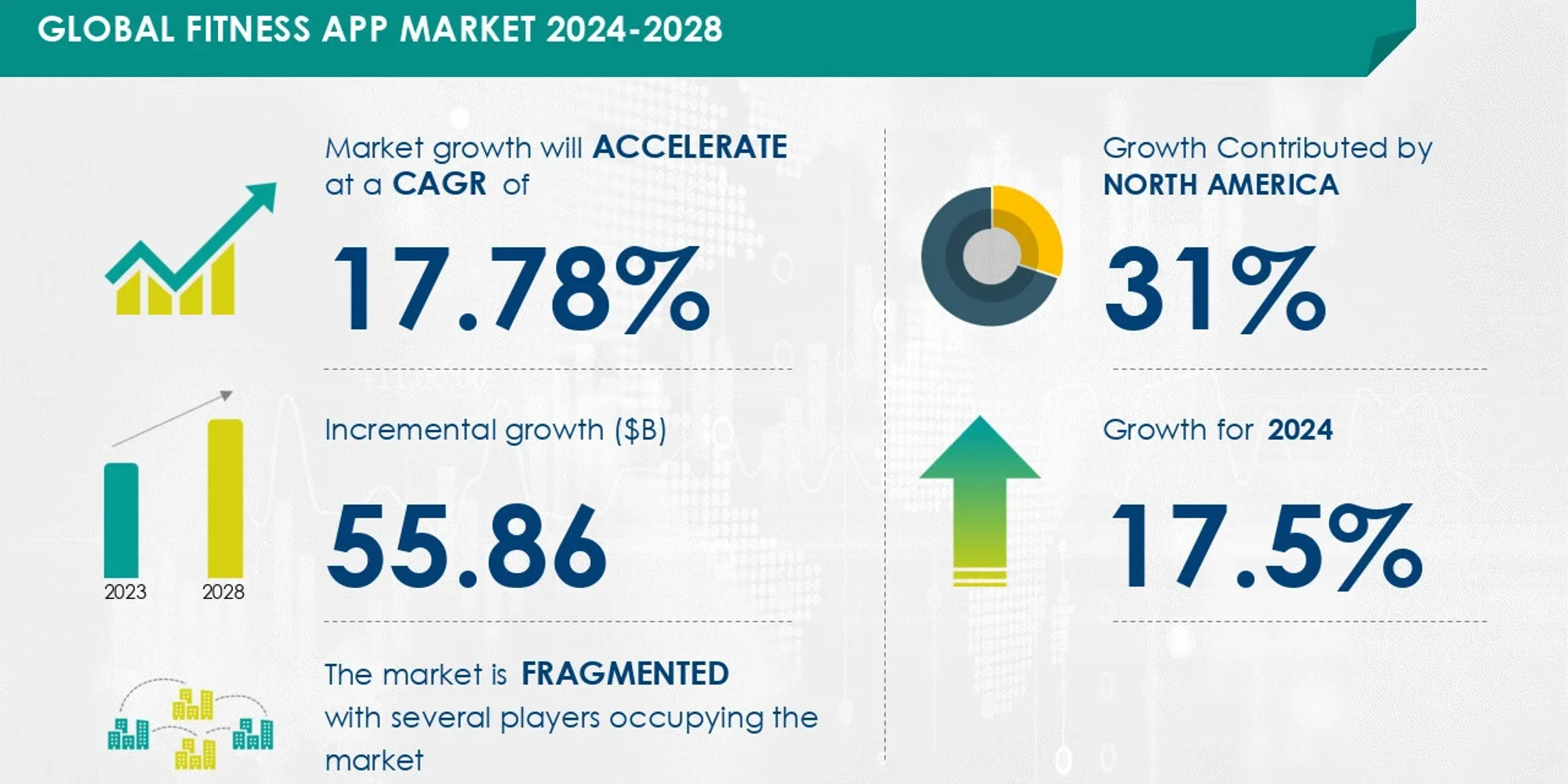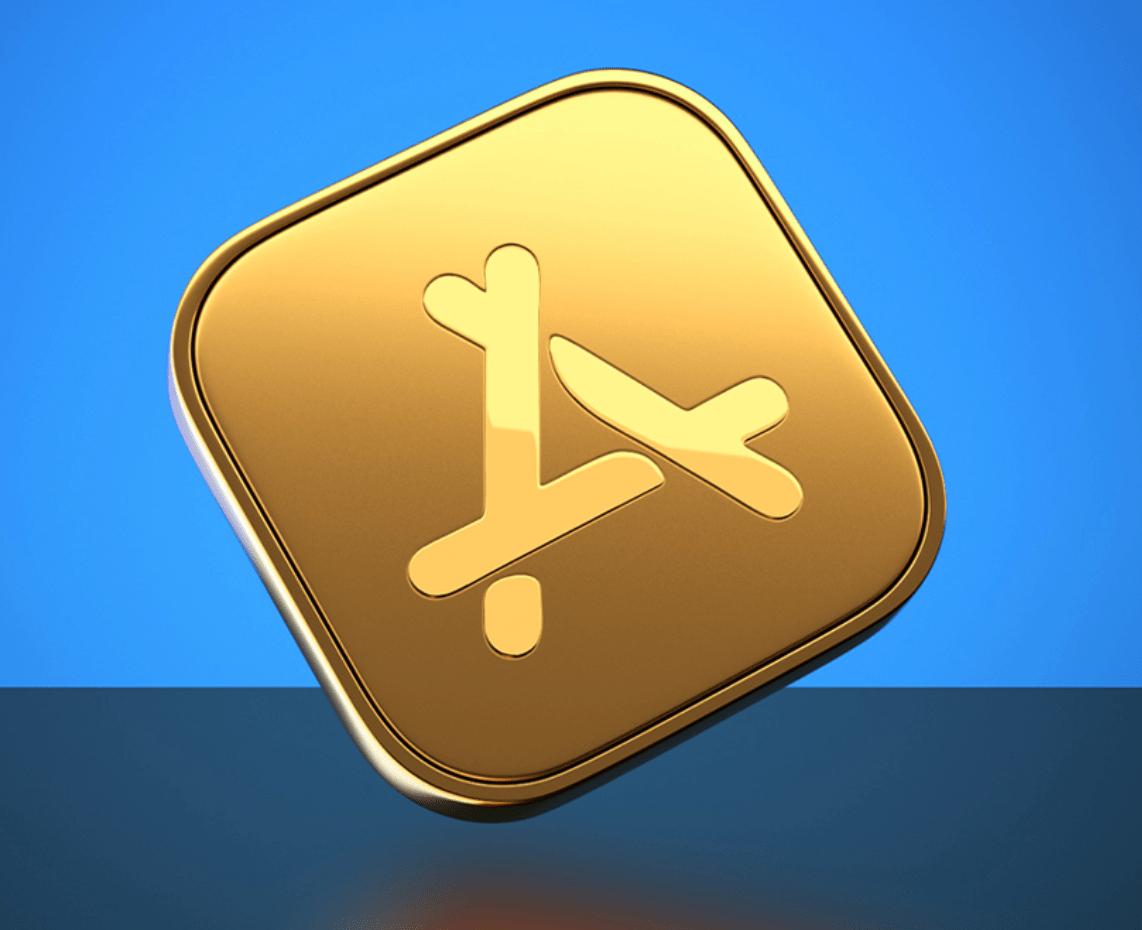Tech
iPhone 16 vs. iPhone 15: Key Upgrades and Specs Compared

Another iPhone release, another potential upgrade.
If you have an iPhone 15, you might be wondering if it’s worth swapping for the new iPhone 16. And if you have an older or non-Apple device, you may be debating whether to get last year’s iPhone at a discount or pay full-price for this year’s model.
Here’s a comparison of the key specs on the baseline iPhone 15 and iPhone 16 to help with your decision making.
Prices and storage
The nice thing about new iPhone releases is that older models get a price drop.
Thankfully, Apple didn’t raise prices with the debut of its iPhone 16 lineup, and you can still get the baseline model starting at $800. If you’d rather save some money, you can now get last year’s iPhone 15 for $700.
More specifically, with the iPhone 16, you’ll pay $800 for 128GB of storage, $900 for 256GB of storage and $1,100 for 512GB of storage.
On the iPhone 15, you’ll now pay $700 for 128GB of storage, $800 for 256GB of storage and $1,000 for 512GB of storage. So same storage options for $100 less. Neither phone comes with expandable memory.
Cameras: Seeing double
The iPhone 15 features a 48-megapixel wide and 12-megapixel ultrawide camera, while the iPhone 16 has a 48-megapixel fusion camera with a 2x telephoto option and also a 12-megapixel ultrawide camera. Despite the similar megapixel count between the two phones, the ultrawide camera on the iPhone 16 can take in more light, has a wider aperture and features autofocus for macro shots.
Both phones have a 12-megapixel front-facing camera and can shoot 4K video. The main difference is the iPhone 16 can shoot 1080p spatial video at 30 frames per second (hence the vertical stacking of the cameras on this year’s iPhone 16 and 16 Plus).
Displays, size and weight
Apple implemented more modest tweaks when it comes to displays. The iPhone 15 and 16 both have 6.1-inch OLED displays with a 60Hz refresh rate, though the iPhone 16 doubles the 15’s peak brightness, reaching 2,000 nits. Both have a 460ppi pixel density.
The iPhone 15 and 16 are the same size, with a height of 5.81 inches, width of 2.82 inches and a 0.31-inch thickness. They weigh just about the same: the iPhone 16 is 170g (6 ounces), while the iPhone 15 is 171g (6.02 ounces).
The iPhone 16 comes in Black, White, Pink, Teal and Ultramarine. The iPhone 15 comes in Black, Green, Yellow, Pink and Blue.
Both phones feature Dynamic Island, and use Face ID or a passcode to unlock (no fingerprint scanner).
Battery, processors and software
Apple doesn’t disclose its battery capacity but says the iPhone 16 has up to 22 hours of video playback (18 hours streamed). The iPhone 15, meanwhile, has up to 20 hours of video playback (16 hours streamed). Both feature USB-C charging.
The iPhone 16 supports MagSafe wireless charging up to 25 watts with a 30-watt adapter or higher, while the iPhone 15’s MagSafe charging reaches 15 watts. They also each support Qi2 charging, up to 15 watts.
The iPhone 16 sports the new A18 chip, while the iPhone 15 has the A16 Bionic chip. The iPhone 16 will arrive with iOS 18 out of the box, and though the iPhone 15 features last year’s iOS 17, it’s eligible for the operating system upgrade on Sept. 16.
New features on the iPhone 16
Apple Intelligence has been the company’s key focus over the last several months, but you’ll need an iPhone 16, rather than the baseline 15, if you want to tap into those upcoming AI features. (The iPhone 15 Pro models will also work with Apple Intelligence, but the company has since discontinued those phones.)
Apple has also added the Action Button to the full iPhone 16 lineup, as well a Camera Control button.
Check out the chart below for a more detailed breakdown of each phone’s specs.
Apple iPhone 16 vs. Apple iPhone 15
| iPhone 16 | iPhone 15 | |
| Display size, tech, resolution, refresh rate | 6.1-inch OLED Super Retina XDR display; 2,556 x 1,179 pixel resolution; 60Hz refresh rate; 2,000 nits | 6.1-inch OLED; 2,556×1,179 pixels, 60Hz refresh rate, 1,000 nits |
| Pixel density | 460 ppi | 460 ppi |
| Dimensions (inches) | 5.81 x 2.82 x 0.31 inches | 5.81 x 2.82 x 0.31 inches |
| Dimensions (millimeters) | 147.6 x 71.6 x 7.8mm | 71.6×147.6×7.8 mm |
| Weight (grams, ounces) | 170 g, 6 oz | 171g (6.02 oz) |
| Mobile software | iOS 18 | iOS 17 |
| Camera | 48MP fusion camera, 12MP ultra-wide camera | 48-megapixel (wide), 12-megapixel (ultrawide) |
| Front-facing camera | 12MP TrueDepth camera | 12-megapixel |
| Video capture | 4K at 60fps; spatial video at 1080p at 30fps | 4K |
| Processor | A18 | A16 Bionic |
| RAM/storage | 128GB, 256GB, 512GB | 128GB, 256GB, 512GB |
| Expandable storage | None | None |
| Battery | Up to 22 hours video playback; up to 18 hours video playback (streamed). 20W wired charging. MagSafe wireless charging up to 25W with 30W adapter or higher; Qi2 up to 15W | Up to 20 hours of video playback (16 hours streamed). 20W wired charging. MagSafe wireless charging up to 15W; Qi2 up to 15W |
| Fingerprint sensor | None (Face ID) | None (Face ID) |
| Connector | USB-C | USB-C |
| Headphone jack | None | None |
| Special features | Apple Intelligence; Action Button; Camera Control button; Dynamic Island; 1 to 2000 nits display brightness range; wireless charging; eSIM; satellite connectivity; IP68 rating | Dynamic Island; 5G (mmw/Sub6); MagSafe; wireless charging; eSIM; satellite connectivity; IP68 rating |
| US price starts at | $799 (128GB), $899 (256GB), $1,099 (512GB) | $799 (128GB), $899 (256GB), $1,099 (512GB) |
| UK price starts at | £799 (128GB), £899 (256GB), £1,099 (512GB) | £799 (128GB), £899 (256GB), £1,099 (512GB) |
| Australia price starts at | AU$1,399 (128GB), AU$1,599 (256GB), AU$1,949 (512GB) | AU$1,499 (128GB), AU$1,699 (256GB), AU$2,049 (512GB) |










